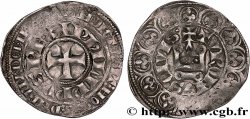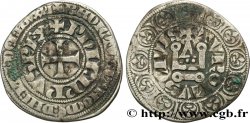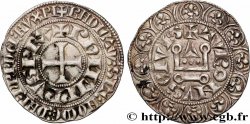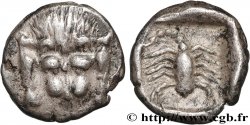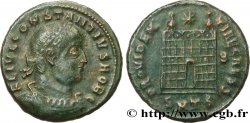Obverse
Obverse legend : + PHILIPPVS REX ; LÉGENDE EXTÉRIEURE : + BNDICTV: SIT: NOMEN: DOMINI, (PONCTUATION PAR TROIS POINTS SUPERPOSÉS).
Obverse description : Croix.
Obverse translation : (Philippe roi ; que le nom de notre seigneur Jésus-Christ soit béni).
Reverse
Reverse legend : TVRONVS CIVIS.
Reverse description : Châtel tournois sommé d'une croisette coupant la légende à 12 heures. Bordure extérieure de dix lis, l’ove supérieure étant accostée de deux points.
Reverse translation : (Cité de Tours).
Historical background
PHILIP IV "THE FAIR"
(05/10/1285-29/11/1314)
Born in Fontainebleau in 1268, Philippe IV was the son of Philippe III and Isabella of Aragon. The great affair of this reign was the quarrel between the King of France and Pope Boniface VIII. The 13th century popes had been docile allies of France. Legate Benoit Gaetani came to the assembly of the clergy of Sainte-Geneviève de Paris to announce the confirmation of the bull "Ad fructus uberes" (1281), which withdrew the mendicant orders from the authority of the bishops. Celestine V, hermit lost on the pontifical throne having abdicated in 1294, Gaetani was elected pope. Originally from Anagni, nephew of Alexander IV, official of the Curia, he was crowned with pomp, in response to Célestin's great refusal.. The first dispute with the King of France arose when the latter made the clergy pay a new decime. Boniface issued the decretal "Clericis laicos" (1296), which forbade kings to receive Church subsidies without the authorization of the Holy See. In retaliation, Philip forbade the outflow of gold and silver from the kingdom, and therefore from the receipts of the Holy See. The pope replied with the violent letter "Ineffabilis amor", but, occupied with the struggle against the Colonna and the Aragonese of Sicily, he finally gave in and agreed to canonize Louis IX (1297). During the jubilee of 1300, Boniface reaffirmed theocratic principles. From then on, he let himself be carried away by his megalomania. The break with the king of France came from the lawsuit brought against Bernard de Saisset, bishop of Pamiers, in 1301. Accused of plotting for the independence of Languedoc, this prelate was tried by the king in Senlis. Immediately, the pope ordered Philip to release the bishop and published the bull "Ausculta fili", where he announced his intention to convene a council for November 1, 1302. Philip responded by calling an assembly of the three orders to Paris for April 10, 1302.. There, Pierre Flote harangued the deputies against the sovereign pontiff. But Flote and Robert d'Artois perished a few months later at the Battle of Courtrai (July 11, 1302). The announced synod therefore took place in November 1302. Boniface published there the famous bull "Unam sanctam", manifesto of the most absolute theocracy, which concludes: "to be subject to the Roman pontiff is for every human creature a condition of salvation". After a moment of hesitation, the reprisals were entrusted to Guillaume de Nogaret. The latter wanted to kidnap the pope, have him brought before a council which would depose him. In March 1303, Nogaret left for Italy with his acolytes. Arrived in the Peninsula, he allied with the enemies of Gaetani, in particular Sciarra Colonna. On September 7, his troop entered Anagni and seized the pontiff, who was molested. But on the 9th, the population revolted and chased Nogaret. Shattered by the ordeal, Boniface died in Rome on October 11 following. The new pope, Benedict XI, relieved Philip of all condemnations and died in turn. A conclave held in Perugia in 1305 designated the Archbishop of Bordeaux, Bertrand de Got, who took the name of Clement V. He pardoned Nogaret and his accomplices and had himself crowned in Lyon, in November 1305, in the presence of the King of France.. Ten Gascons were immediately raised to the purple. It was the triumph of the French party. Inside, the reign knew the same successes based on violence. This time, the enemy to defeat was the order of the Temple. Founded in 1128, this military order administered huge estates in Western Europe and had evolved into a gigantic banking network.. The capture of Saint-Jean-d'Acre rendered their institution useless, for lack of a crusade, and their power cast umbrage on the king. Suddenly, on October 13, 1307, all the Templars and in particular their grand master, Jacques de Molai, were arrested on the charge of heresy and their property confiscated.. A royal manifesto against the Templars was read in public and the latter, subject to questioning, confessed to all the crimes they wanted.. In 1308, throughout Christendom, trials against the order began. At the Council of Vienna in October 1311, the order was definitively put down, despite the absence of material evidence, under military pressure from Philip.. In April 1312 the pope issued the bull "Vox in excelso" which suppressed the order without explicitly condemning it. His property passed to the Hospitallers and to the sovereigns of the various countries where he was established.. High dignitaries were burned. Other political trials punctuate the second part of the reign: that of Bernard Délicieux, that of Guichard of Troyes, that of the daughters-in-law of the king. Likewise, Jews and Lombards were victims of repeated expulsions and extortions.. The coins underwent successive depreciations, the church had to pay several tenths; forced loans, taxes hit the cities. Despite the general discontent, nothing came to disturb the quiet domination of the royal authority, which took to base its policy of force on regular consultations of the three orders.. Philippe IV surrounded himself with jurists, foreigners and men of recent nobility: Pierre Flotte, Guillaume de Nogaret, Enguerran de Marigny. Outside, peace was made with the Aragonese (1295). Charles de Valois married in compensation the daughter of Charles II of Anjou and received Anjou and Maine. In Italy, the latter had to give way to the Aragonese of Naples (1302). On the English side, after a seizure of Guyenne, peace was made by the Treaty of Paris of 1303. In 1307, Guyenne was restored and, the following year, Edward II married Isabella, daughter of Philippe le Bel.. The great failure of the king took place against the Flemings who crushed his army at Courtrai in July 1302. After the Mons-en-Pévèle victory in 1304, Flanders had to deal. In June 1305, Robert de Béthune, count of Flanders, had to undertake to pay an indemnity of 400,000 pounds and to cede Lille, Douai and Béthune pending full payment of the sum.. The execution of the treaty being difficult, a new arrangement was concluded in Pontoise in 1312: it was the famous transport of Flanders. Such was the reign of Philippe le Bel, dark age of a first absolutism and a first reason of State. By sinister means, the king had continued the policy of Saint Louis, whose time then took on in the collective memory the figure of a golden age..









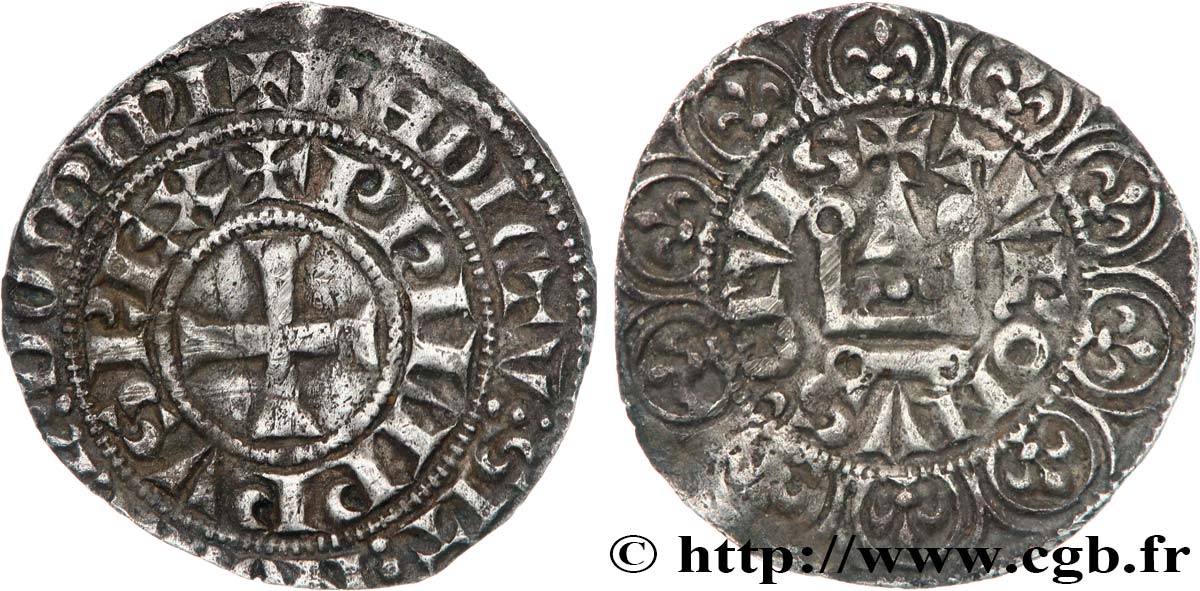
 Report a mistake
Report a mistake Print the page
Print the page Share my selection
Share my selection Ask a question
Ask a question Consign / sell
Consign / sell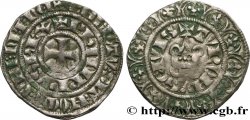
 Full data
Full data
